
 The Education City project ... set to host the world’s leading universities.
The Education City project ... set to host the world’s leading universities.
A drive to develop what Qatar identifies as its greatest resource – the potential of its people – will see the establishment of the region’s first educational hub in the state in a little over three years.
The unique Education City, taking shape in a phased manner on the outskirts of Doha, will be home to branch campuses of some of the world’s leading universities as well as numerous other educational and research institutions.
The project is being spearheaded by the Qatar Foundation for Education, Science and Community Development (QF), which – through its partnerships with elite institutions – hopes to transform Qatar into a knowledge-based society, with world-class educational facilities and make the nation a leader in innovative education and research.
Already, a large number of university institutions have begun operations in the Education City such as the Liberal Arts and Sciences complex, Virginia Commonwealth University (Fine Arts College), Weill Cornell (Medical College), Texas A&M University (College of Engineering), Carnegie Mellon University (College of Business and Computer Science), Georgetown University-Washington DC (School of Foreign Service) and Rand Corporation (Policy Institute).
Education City spreads over a 1,433-hectare site located in the west of Doha on the road leading to Dukhan. More than half of this area – 754 hectares – is presently being developed and is scheduled for completion by end of 2010.
The campus is conceived as a totally-integrated educational environment, which will encourage synergy and interaction between the existing educational and recreational facilities on the site and those envisaged within the new academic and medical areas of the university.
“Design work on the mega project started in 2001 and substantial construction progress has been made with its current phase which involves a total built-up area of 2.1 million sq m,” says Robert Milford, project director at KEO International Consultants, the programme and construction manager of the project.
“As at January this year, six per cent of the buildings and related infrastructure has been completed and is operational, 32 per cent is under construction, 53 per cent is in design and the remaining nine per cent is set to start design,” Milford adds.
KEO’s scope of works on the development includes programme management, design review, construction supervision, quality control and cost and schedule management. The firm was also appointed as the infrastructure and landscape consultants (along with Al Khatib Cracknell – Dubai) for the initial phase of work completed in 2003 as well as for the infrastructure design for Phase 1 of Science and Technology Park, which is located within the development – construction of which is due for completion later this year.
QF is the client on the project with Saad Al Muhannadi, the vice president of Capital Projects and Facilities, as the project leader. Qatar Petroleum is the client agent responsible for issuing tenders and award of contracts.
The educational facilities within the Education City development include the Qatar Academy, which has a planned student population of 1,500, offering primary and senior school education, together with the new university with a planned student population of 10,000.
The next batch of colleges being set up within Education City will focus on Islamic studies, media and communication, civil aviation and sports.
Related academic facilities such as a central library, students centre and a faculty club are also being set up within the complex.
In addition to academic facilities, Education City also comprises various other developments, which are currently in different stages of design/construction. These include:
• Al Jazeera Children’s TV studios, which is already completed and operational;
• QF headquarters building, which is currently in the design stage. Occupying the most prominent position in Education City, the building will provide office space for Qatar Foundation VIP’s, executives and staff;
• National Convention Centre, currently under construction. This prestigious centre is being designed to incorporate facilities that will rival those offered by the finest convention centres in the world, thus helping establish Qatar as a major destination for conventions and exhibitions. With a total floor area of 98,000 sq m, it will feature a 2,500-seat auditorium, a 500-seat multi-purpose hall, a 4,000-seat conference hall or alternatively a 2,500-seat banquet hall, a 4,500 sq m exhibition hall, together with numerous breakout rooms and support functions;
• National Data Centre, a state-of-the-art Tier Four facility, which is now under design;
• A teaching hospital, which is in the design stage. This all-digital world-class teaching and research facility will provide healthcare primarily to women and children. Phase I will include 382 beds, a clinic/translational research building, a service building, nursing residence and multiple parking facilities. It will ultimately expand into a 550-bed hospital. The signature design architect – Pelli Clarke Pelli – has created a concept that resembles a spectacular five-star hotel, complete with three dramatic healing gardens inside the building;
• Qatar Science & Technology Park (QSTP), Phase 1 of which is currently taking shape. The QSTP is designed to grow Qatar’s knowledge economy by promoting links between industry and academia. The first phase comprises the Emerging Technology Centre (ETC) – a business incubator to provide a physical location for start-up companies, the first two clusters of Innovation and Technology Transfer Centres (ITTC), and a single-user Learning and Research Centre for General Electric. Initial tenants for the ITTC buildings include Shell, Total, EADS and ExxonMobil.
• Shaqab Equestrian Centre, which is under construction over an area of 95 hectares. This facility will provide international-standard competition facilities, including a spectacular stadium with indoor and outdoor arenas and an indoor warm-up arena. As well as a riding school open to the public, it will feature dedicated facilities for stabling/paddocks/exercise, an equestrian clubhouse, a museum, staff accommodation, a fully-equipped veterinary hospital, quarantine block and a breeding centre;
• An 18-hole championship golf course;
• A five-star resort hotel located between the Shaqab Equestrian Centre to the east and the 18-hole golf course to the west;
• A Ceremonial Court, now under construction, which will provide an open air venue in two settings: a formal stage area to the south with a seating capacity of 3,000 and an informal amphitheatre-style seating arrangement for up to 3,000 people, to the north of the venue;
• Arab Museum of Modern Art, now under design, which will house a large collection of artwork and sculptures by Arab artists;
• Housing for staff, faculty and students: The first batch of 623 staff houses is receiving its finishing touches, while the initial phase of new housing for male and female students is currently being designed;
• A social development centre, which is progressing into the design stage;
• A commercial complex comprising retail and entertainment centres as well as four and five-star hotels; and
• A host of indoor and outdoor sports facilities.
“A number of historic buildings within the Education City site are being restored and incorporated into various facilities,” says Milford. “The development also entails a significant amount of site infrastructure, including district cooling, automated people-mover system, car parking, roads and walkways, utility services reticulation, themed landscaping and irrigation.”
“The size of the development, and its impact on the surrounding road network and mains utilities, requires regular dialogue with the relevant government departments/bodies to ensure that the upgrading work outside the Education City site is carefully co-ordinated,” he adds.
High quality standards have been set for Education City, as evidenced by the calibre of the design consultants employed which include some of the world’s signature design architects and executive architects. Arata Isozaki of Japan, Legorreta + Legorreta of Mexico, Rem Koolhaus from the Office of Metropolitan Art, the Netherlands, Cesar Pelli – Pelli Clarke Pelli of the US and Rafael Vinoly of the US are some of the high-profile signature designers working to ensure that the Education City facilities are striking and world-class.
The masterplan and the first-built facilities (Weill Cornell Medical College and the Liberal Arts and Science College) were conceived and designed by Arata Isozaki. The Weill Cornell Medical College – the first institution of its kind to offer an overseas medical programme of US standards – has been operational since August 2003. This 32,500 sq m, two-storey state-of-the-art facility features magnificent lecture halls, spacious and superbly-equipped labs. The Liberal Arts and Sciences complex, operational since 2004, has been designed around a theme developed from traditional Arabic mosaics that is evocative of the crystalline structure of sand.
The Texas A&M University (College of Engineering), set to open this year, will occupy a 53,000 sq m signature building designed by Ricardo Legorreta. It aims to provide purpose-crafted accommodation for the faculties of petroleum, mechanical, chemical and electrical engineering, together with a full research facility. Accommodating about 600 students, it will have direct broadband linkage to Texas A&M University in the US, for access to all lectures and activities at the ‘Home Campus’ via distance learning.
The Carnegie Mellon University, three-story educational facility, spreads over a floor area of 43,000 sq m and comprises lecture halls, seminar rooms, classrooms and laboratories for use by one of the world’s leading schools of business and computer science. It will fully integrate the teaching infrastructure and environment with the most advanced systems for teaching, information technology and audio-visual systems.
The executive architect multi-disciplinary teams comprises Perkins & Will of the US, Leigh & Orange of Hong Kong, Halcrow of the UK, KEO offices in Kuwait and Qatar, WS Atkins & Partners of the UK, Langdon Wilson International of the US, Woods Bagot of Australia, Ellerbe Becket of the US, Burns & McDonnell of the US, Arab Engineering Bureau in Qatar and Hyder-Atkins Joint Venture of the UK.
By forging partnerships with elite institutions, Qatar Foundation is well on its way to making Education City an international leader in progressive education and cutting-edge research with its institutions geared towards training the region’s next generation of leaders and innovators.




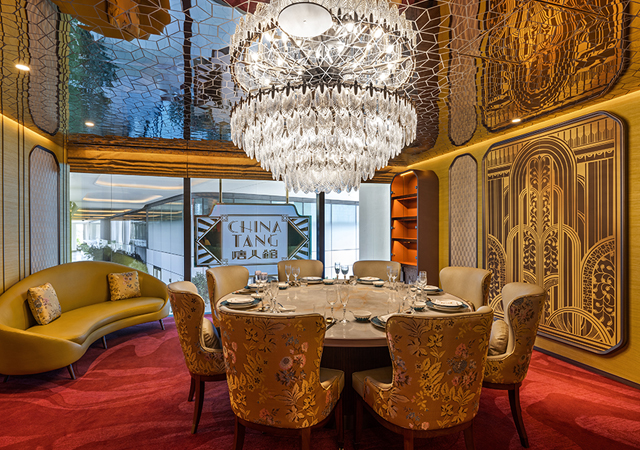
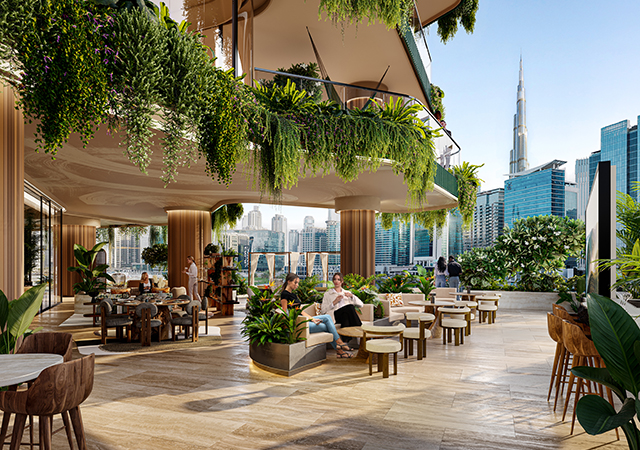
.jpg)


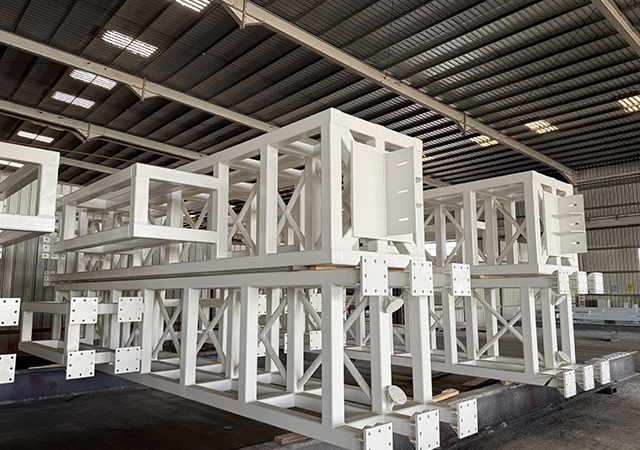

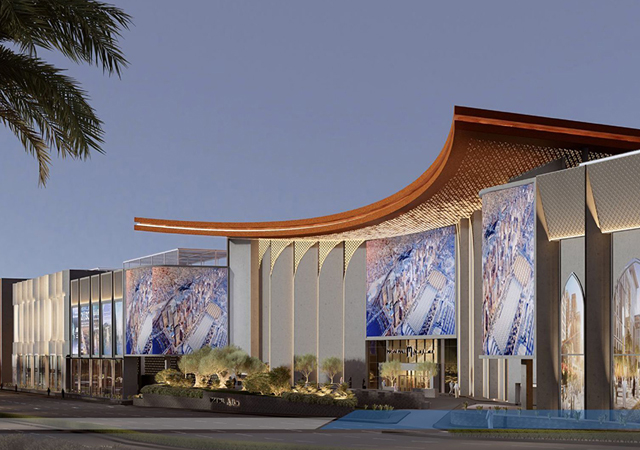
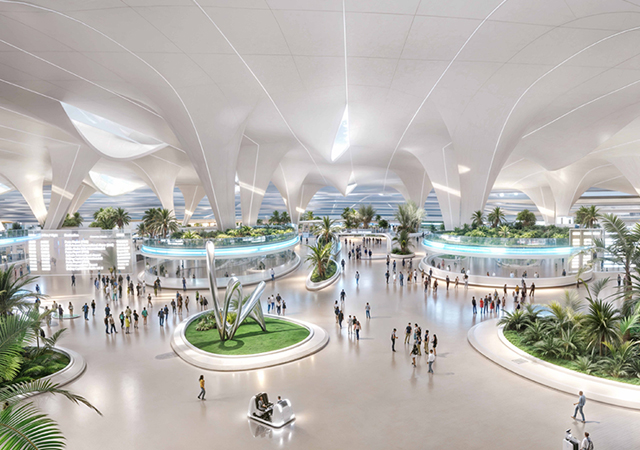
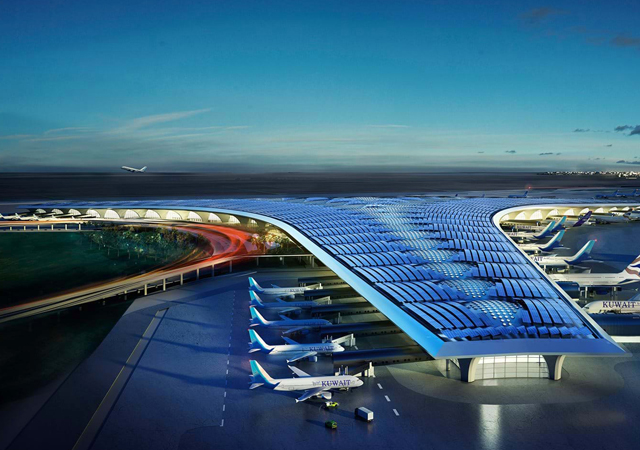
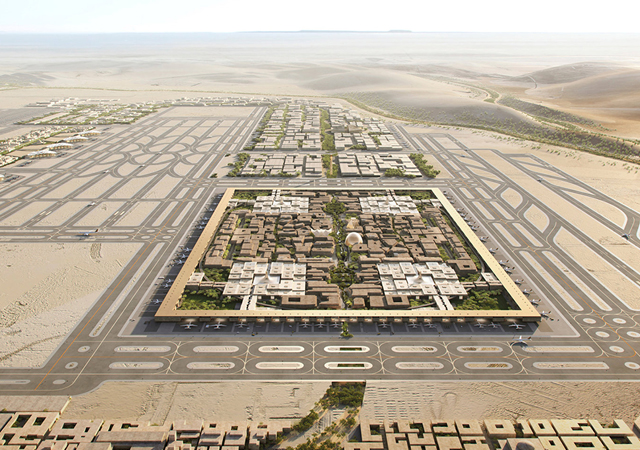
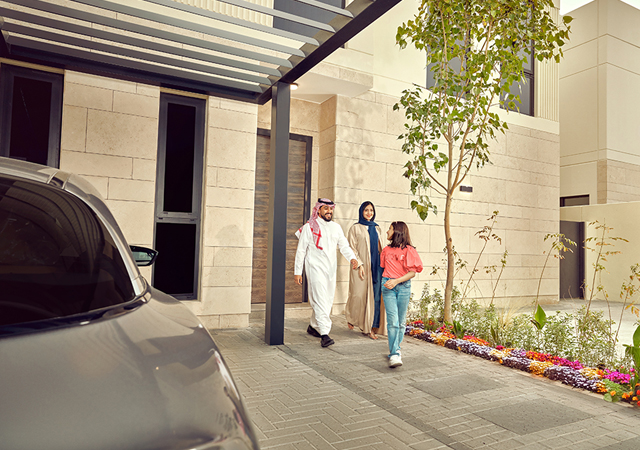
.jpg)

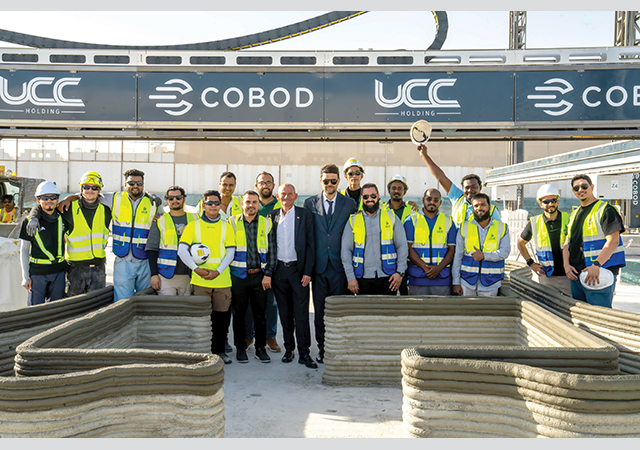

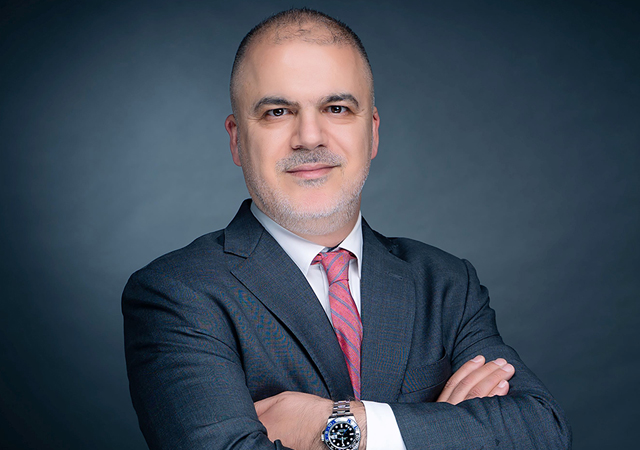


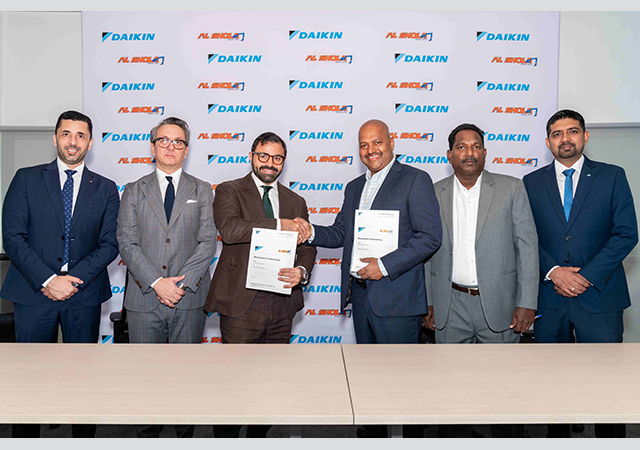
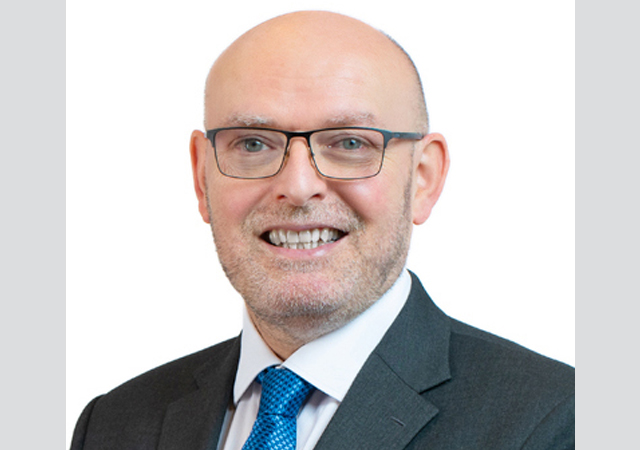
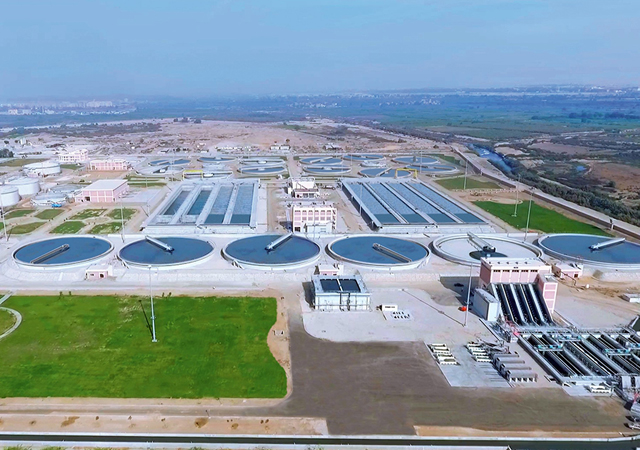

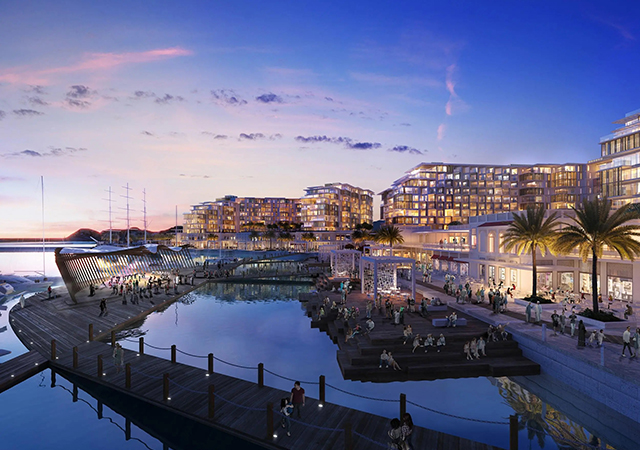

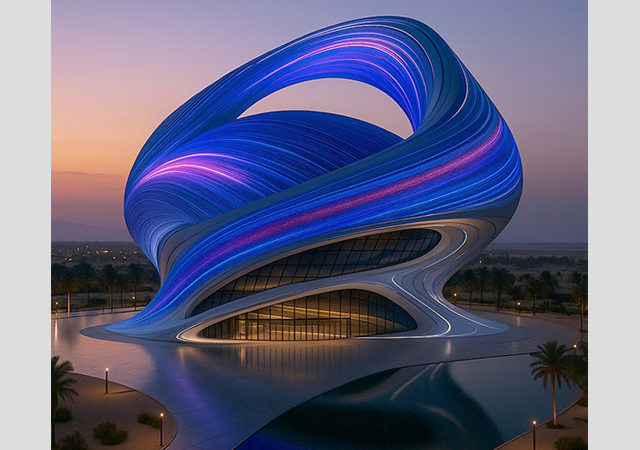

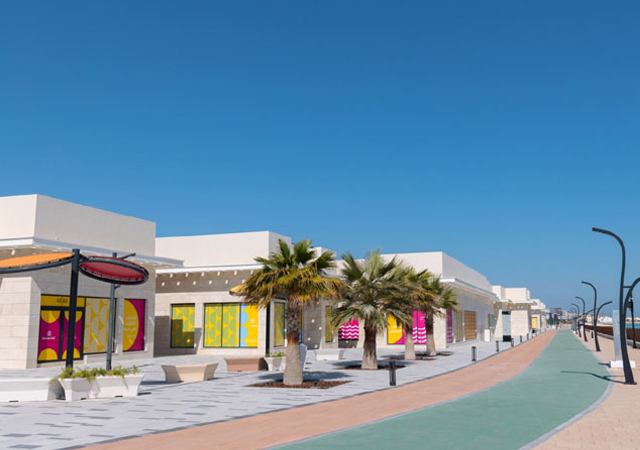
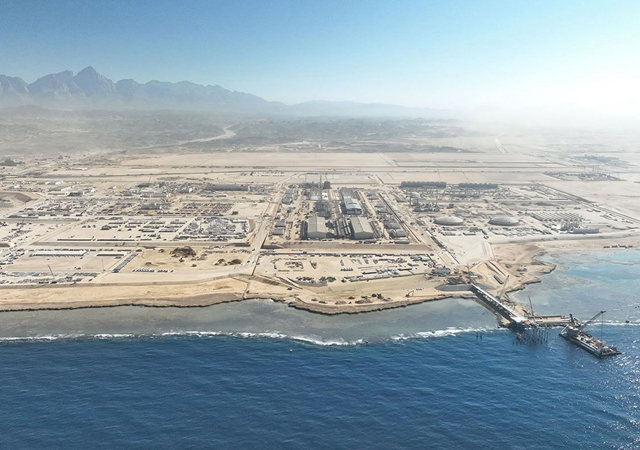
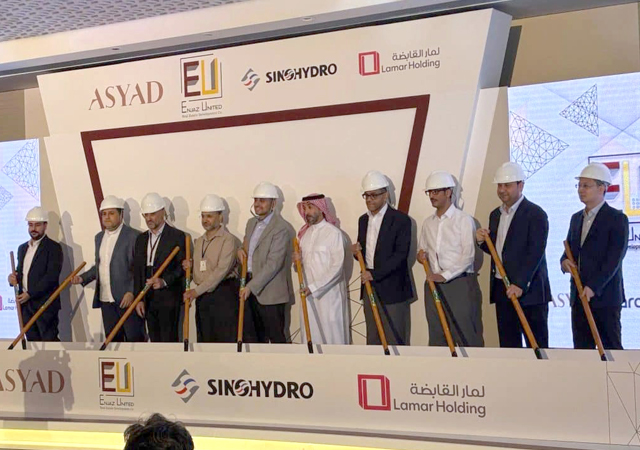

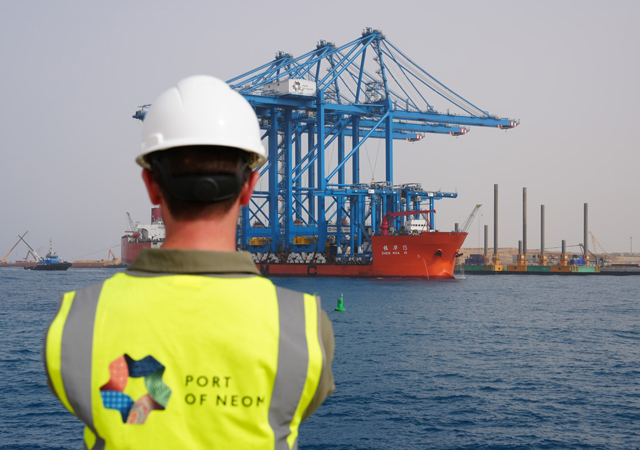
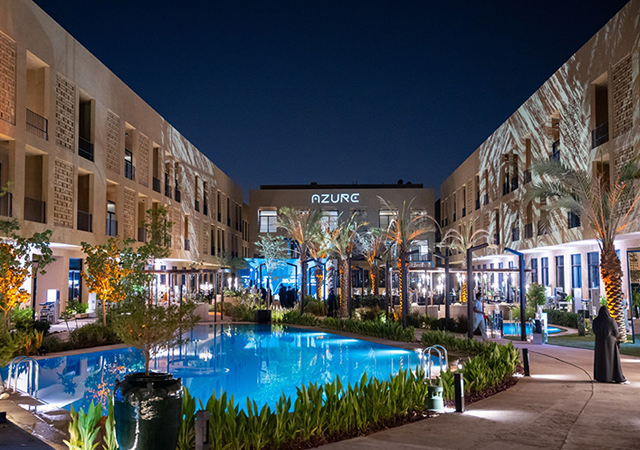
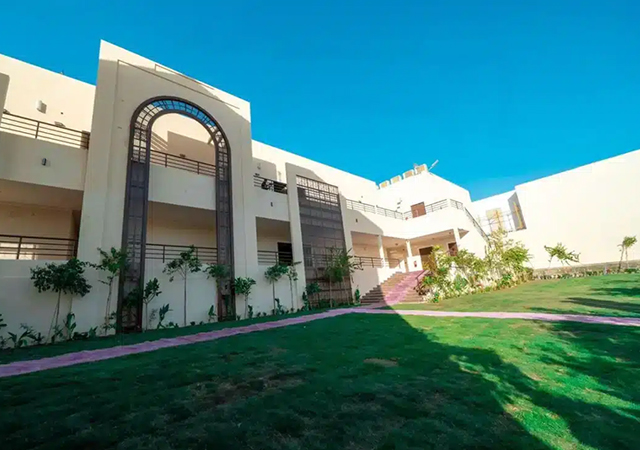

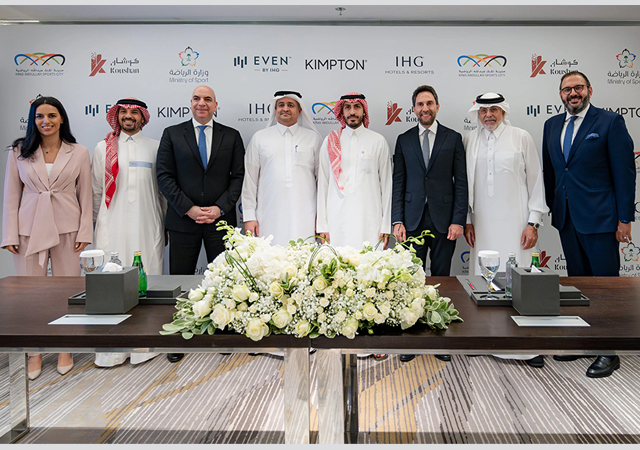

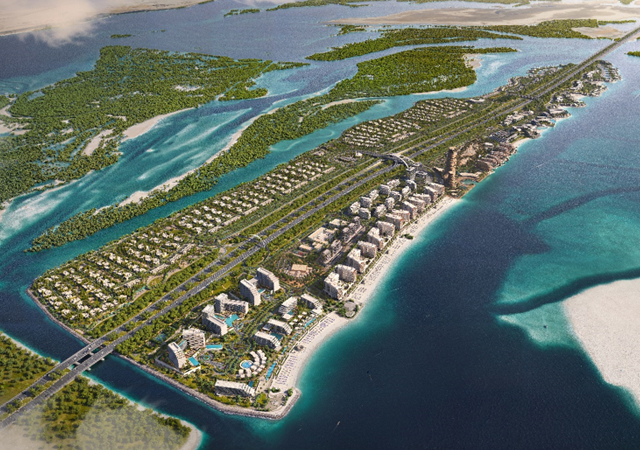

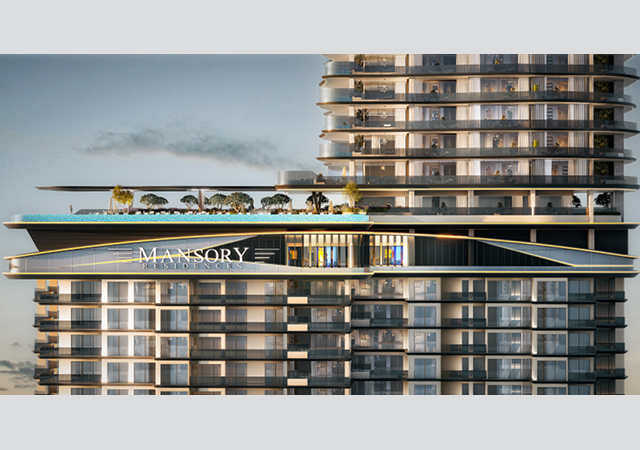



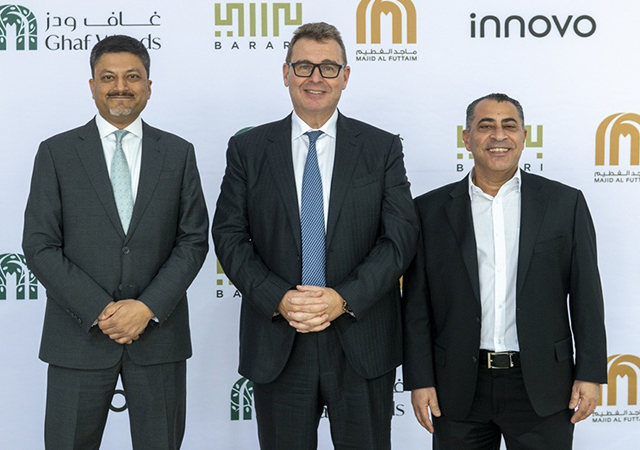

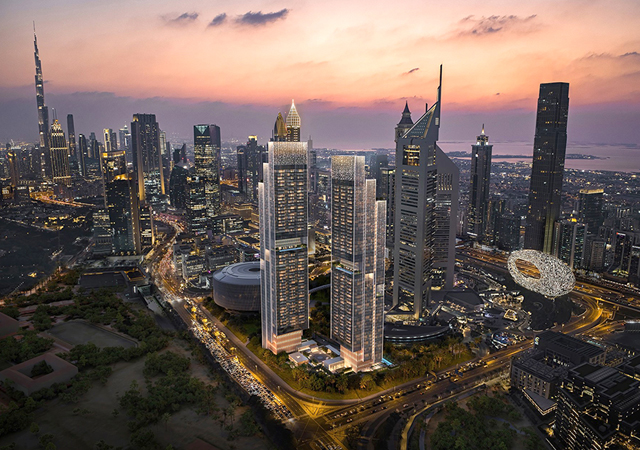
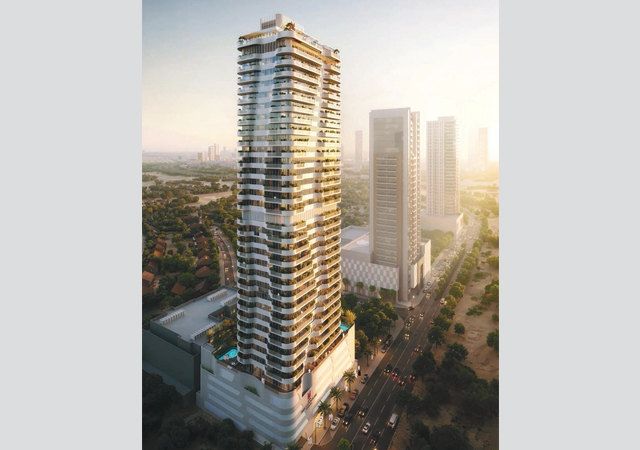
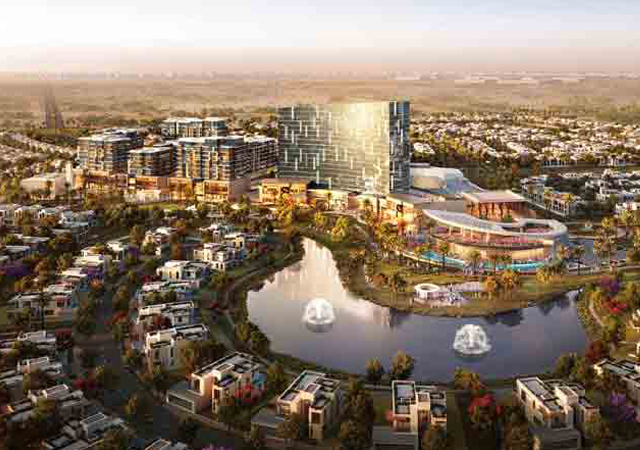

.jpg)













-lr.jpg)


